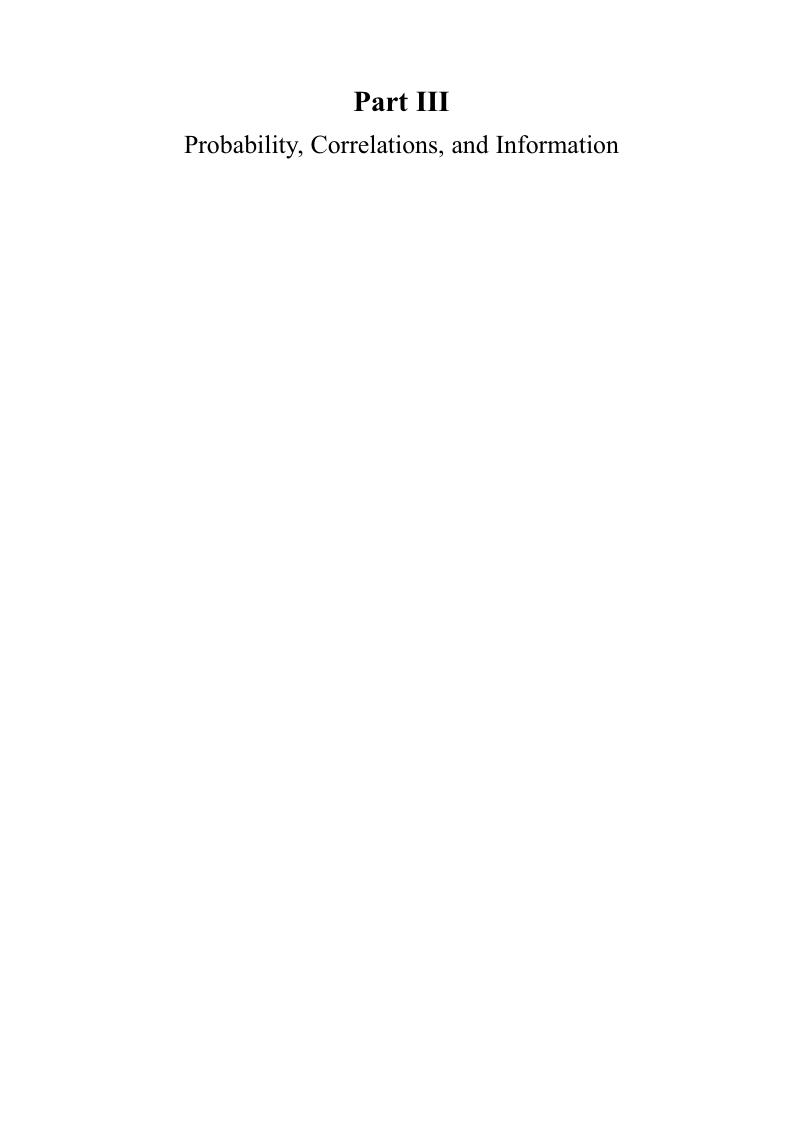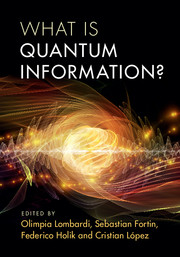Part III - Probability, Correlations, and Information
Published online by Cambridge University Press: 04 July 2017
Summary

- Type
- Chapter
- Information
- What is Quantum Information? , pp. 145 - 258Publisher: Cambridge University PressPrint publication year: 2017



